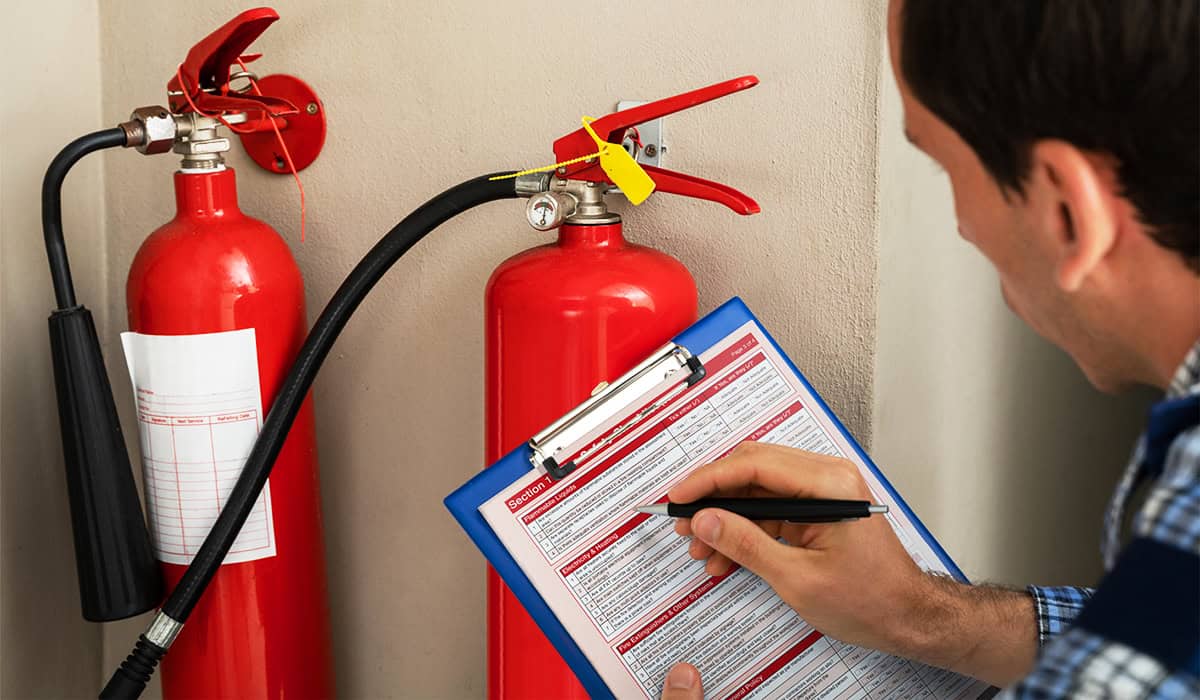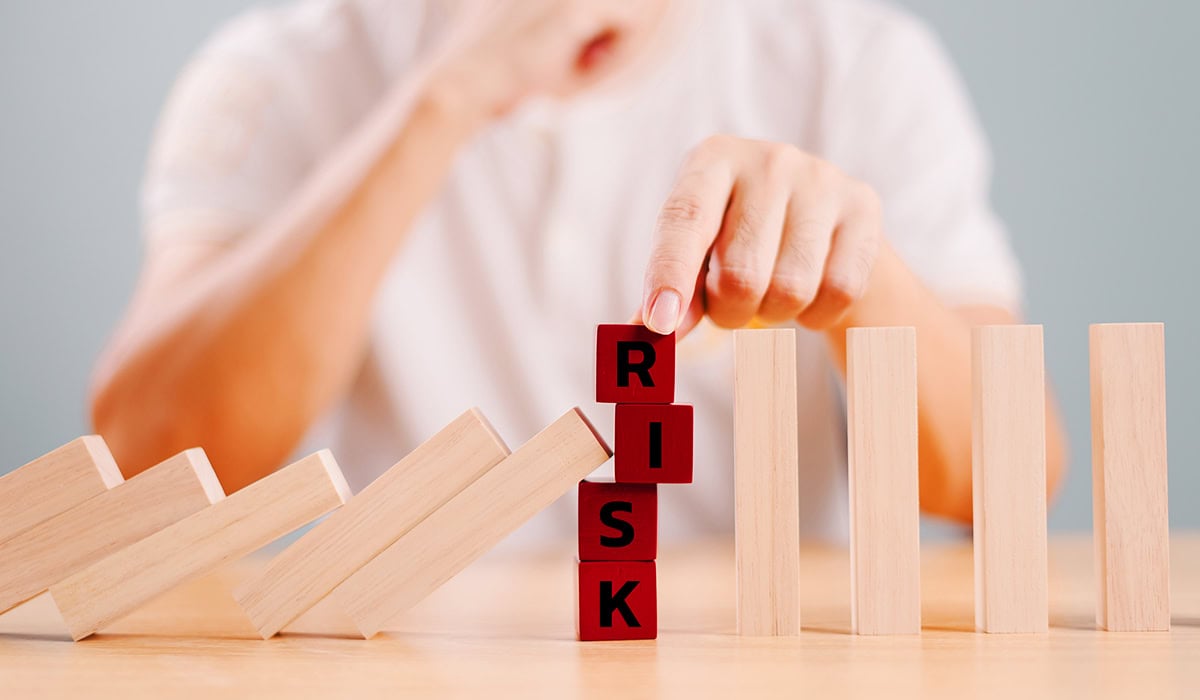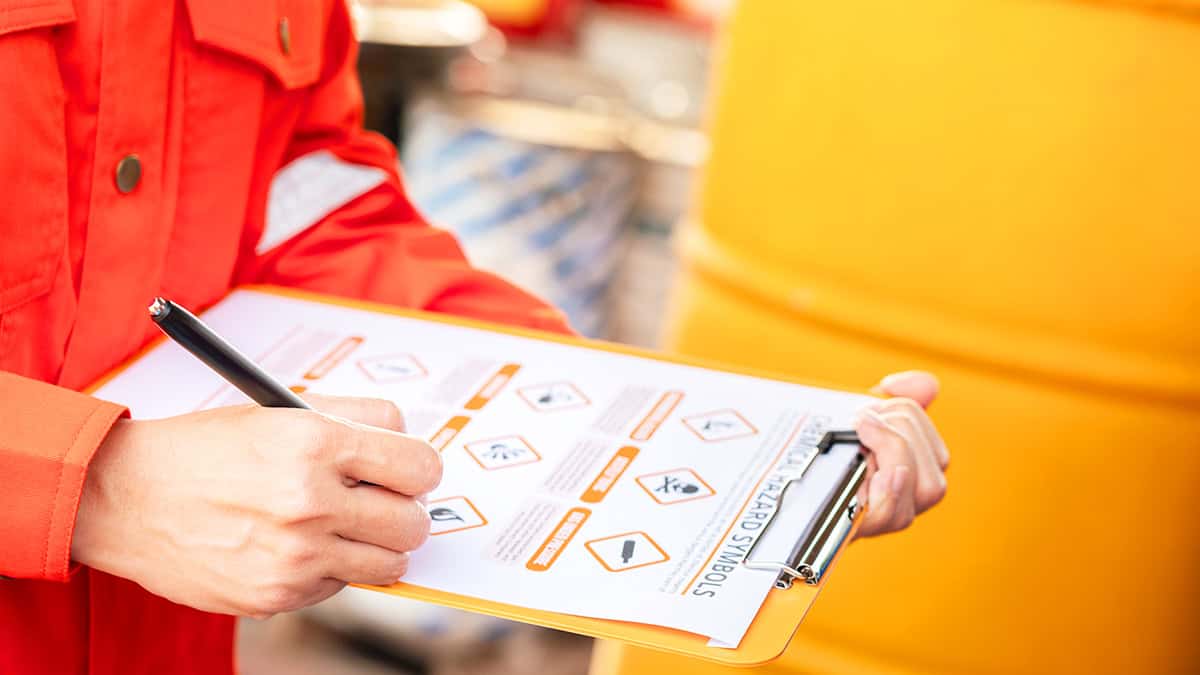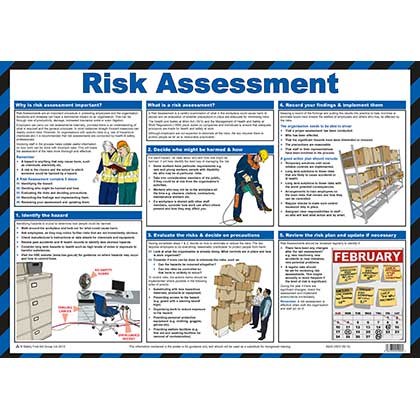
A risk assessment is a legal requirement that allows you to evaluate the potential risks in your business and how these can be reduced or avoided. It also helps employees to understand what to do should the situation arise in the future.
What is a risk assessment?
When you are identifying a hazard that could cause harm in your workplace, both to visitors and staff, this is a risk assessment. It will generally allow you to evaluate them and discover ways to reduce, or sometimes remove, them.What are the five things a risk assessment should include?
What should be included in a risk assessment is laid out in The Management of Health and Safety at Work Regulations 1999. It requires you to include five things in your risk assessment: what the risks are, who is most at risk, how severe it could be, how you can prevent it or lower the risk where possible, and any changes or revisions you make afterwards.Who is responsible for risk assessments?
It is the employer who is responsible for risk assessments in the workplace. Even if they delegate it to a qualified individual, it is still their responsibility to make sure that it is completed.
Is a risk assessment a legal requirement?
A risk assessment is a legal requirement, as explained in The Management of Health and Safety at Work Regulations 1999. Every employer has to make an assessment of the hazards that can be faced both by employees and visitors, and reasonably make adjustments to minimise or eliminate the risk.If there are more than five employees, it is also essential for the workplace risk assessments to be written down.

How to complete a risk assessment
It is easy to complete a risk assessment once you know what it is you are looking for and the five steps that have to be covered. It doesn’t matter what type of risk assessment it is, you must:1. Identify the hazaards
This could be either physical, chemical, biological, psychological, or ergonomic. This is done by looking at what is in the work area, what accidents have taken place already and speaking to employees about any concerns they may have.2. Identify who might be harmed
In this hypothetical situation who is most likely to be the person, or persons, injured? It could be employees, contractors, or visitors. Also, take into consideration if it is more likely to happen to someone lone working, or a specific age group.3. Evaluate the risks
It is important to know how likely it is to be a serious event and how it can be controlled to reduce the risk if possible. The longer it is likely to go on for, and the more people that will potentially be affected by it, the higher the risk.4. Implement safety precautions
If any changes have been made due to your observations, it is important that these are recorded and that everyone is aware of the new procedures in place.5. Review your assessment
It is unlikely that everything will always stay the same, so it is best to constantly be reviewing the situation and checking that the measures put in place are still accurate and efficient.This is particularly important if an incident has occurred, and you have discovered that there are areas that need to be improved upon.

How often do risk assessments need to be completed?
There is not an officially recognised time frame, or any legislation dictating how often risk assessments need to be completed, however the majority of businesses will review their risk assessments at least once a year.When doing your risk assessments, always be open to reviewing or changing them as and when the need arises. Even if you decide to complete them once a year, be aware that they may need to be done sooner if something significant were to change or happen.
Different types of risk assessments

There are different types of risk assessments depending on the circumstance and if a company requires a specific risk assessment to be carried out.
A fire risk assessment is possibly one of the most common types that you will find because it is a necessary requirement for all employers. You would do a fire risk assessment in a very similar way to a normal risk assessment, taking into account where is the most likely spot for a fire to begin, who would be at risk and if there are any measures that need to be in place for their safety. Knowing basic fire safety in the workplace can help to complete an effective fire risk assessment.
Another common type of risk assessment that you would come across, particularly in food prep areas, is a COSHH risk assessment. This is done for any potentially hazardous materials, relating to their storage, use and manufacture. These are completed by analysing how and when the material is used and what risk it could pose to the person using it and the environment it is being used in.
Also, a manual handling risk assessment is very common in the workplace where it is likely that staff will be required to move heavy items, such as a warehouse or store. This risk assessment focuses largely on the person doing the lifting and how they are carrying out the task.
No matter the type of risk assessment though, they will all require the same five steps to be followed and to be reviewed regularly.
For more information on workplace safety read the pages below:
Accident Reporting in the Workplace
Stress in the Workplace
Most Dangerous Industries for Workplace Accidents in the UK
Read our other blogs for more information on first aid or contact us for further advice and information on our products.
By Sarah Mason



